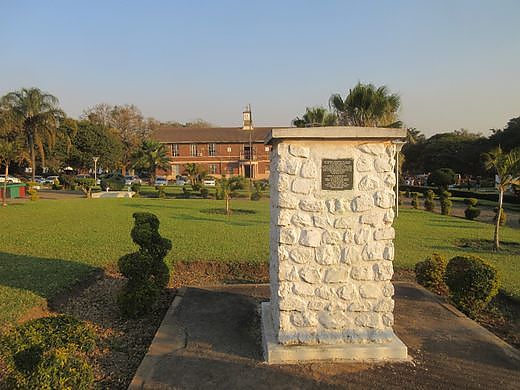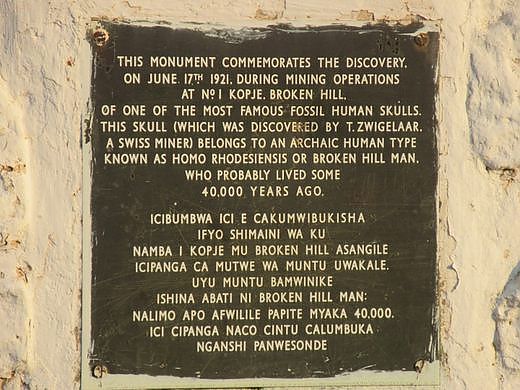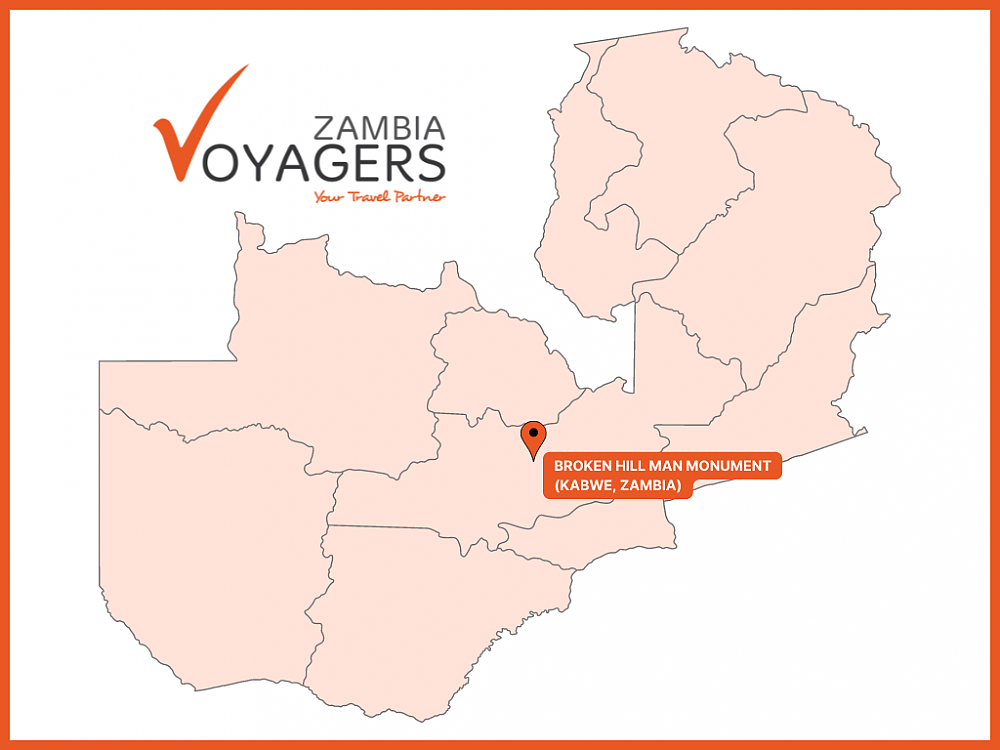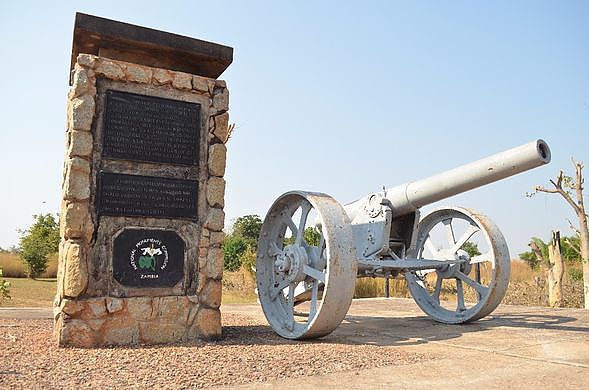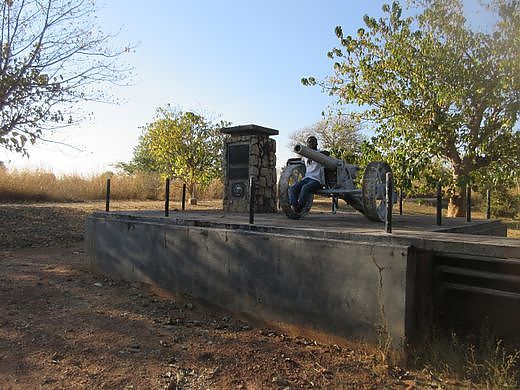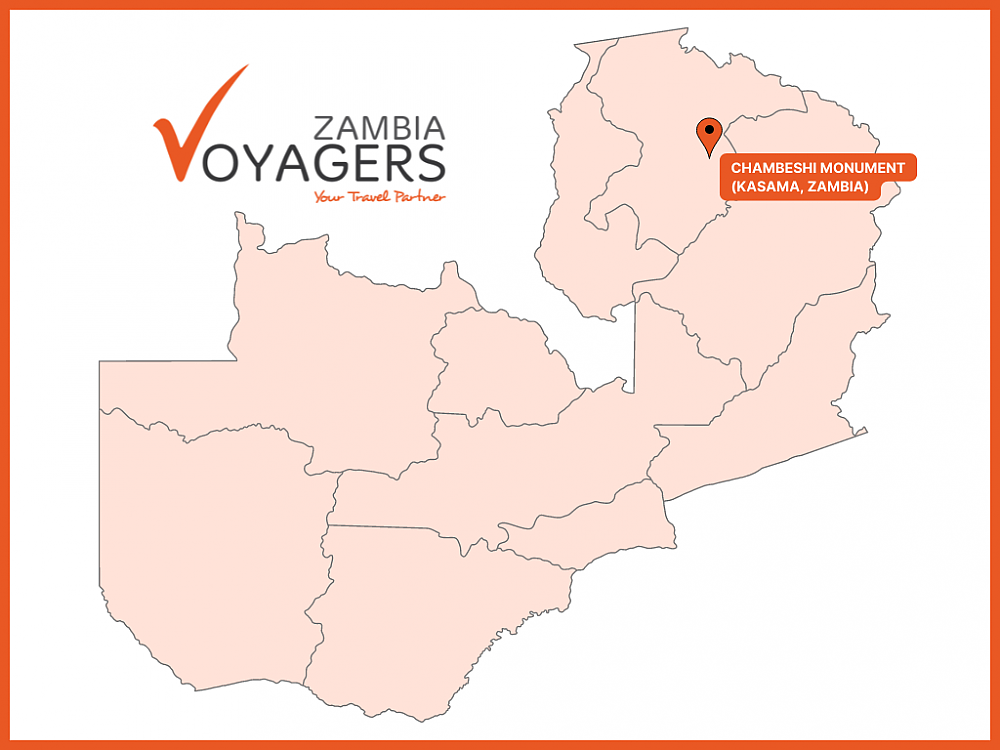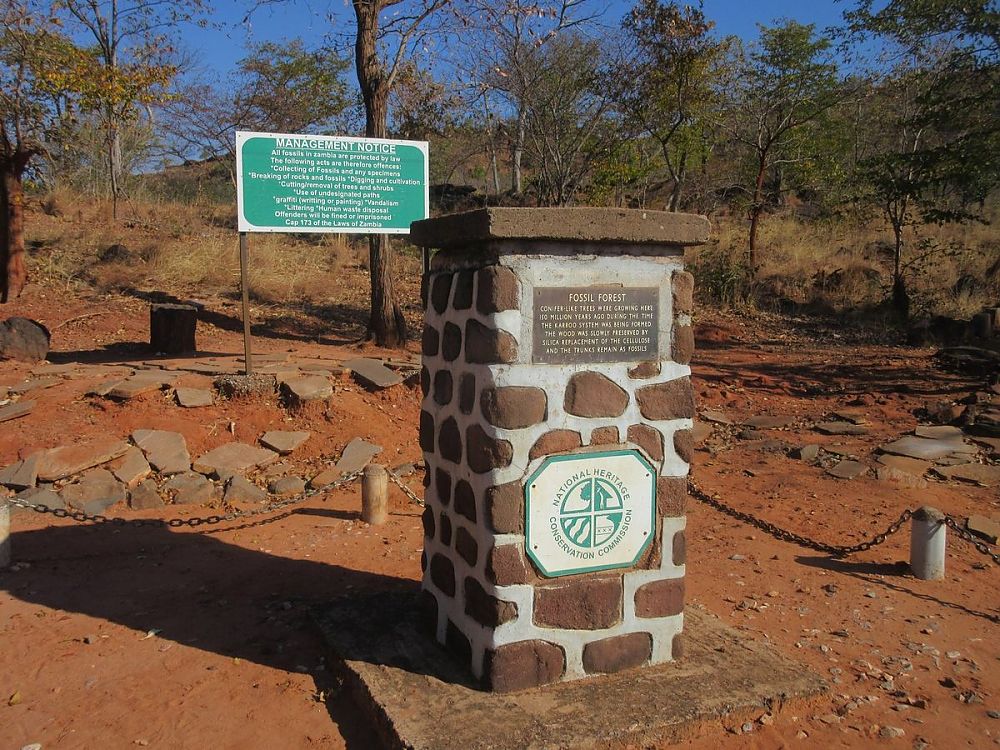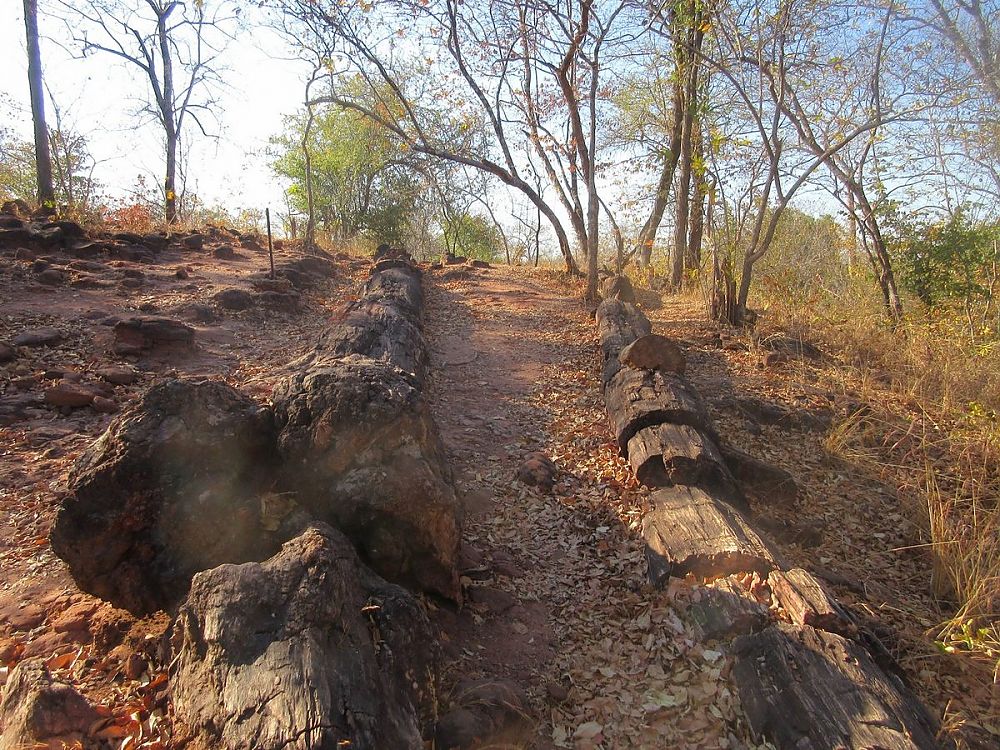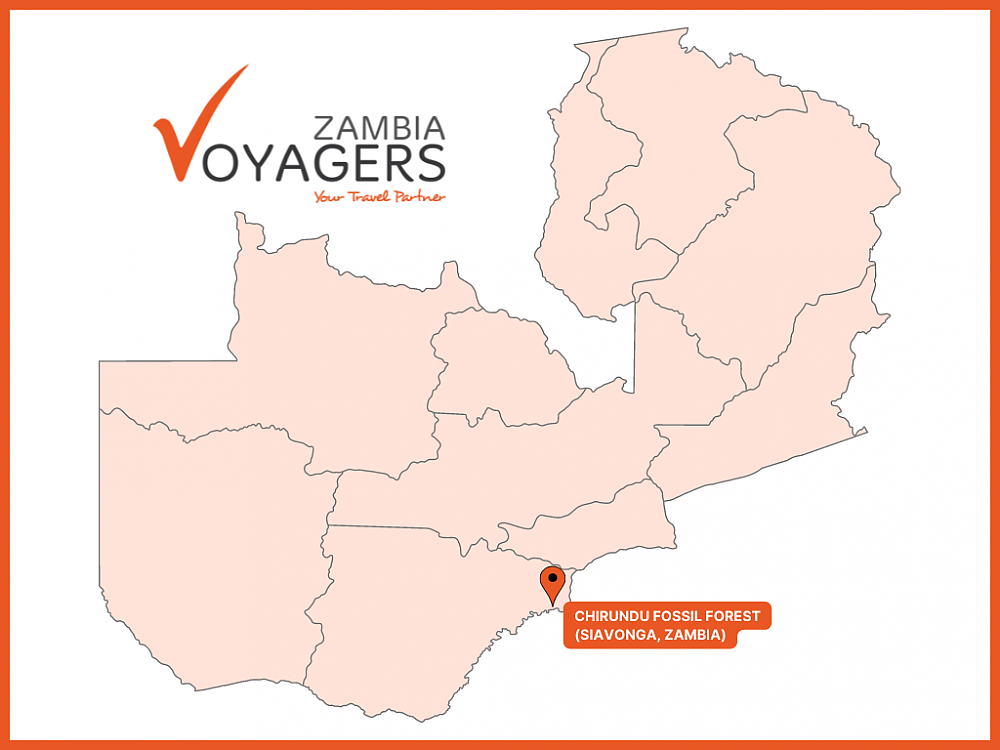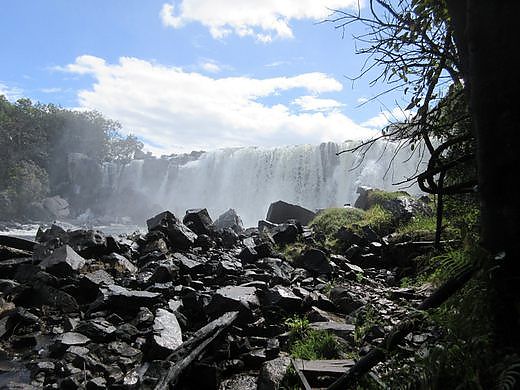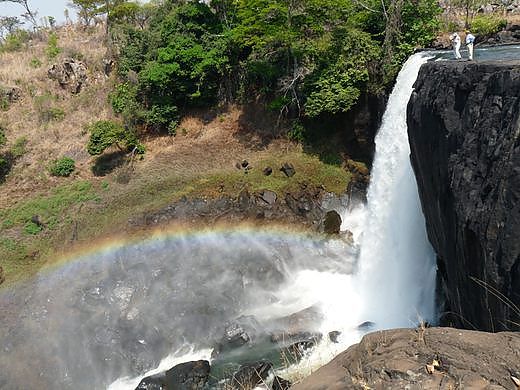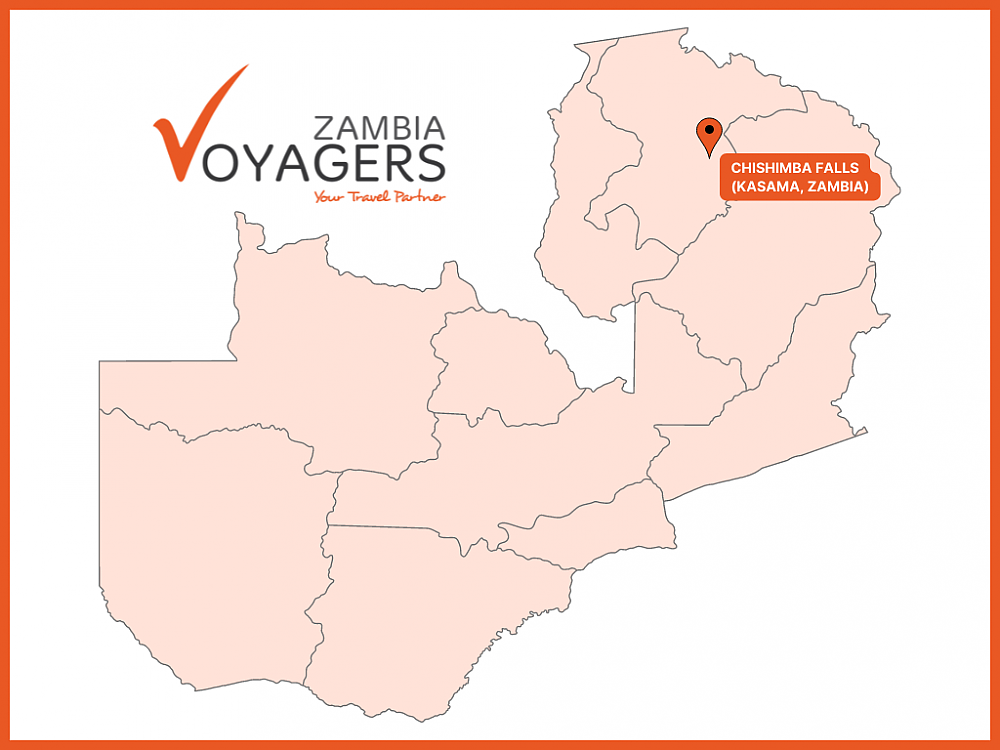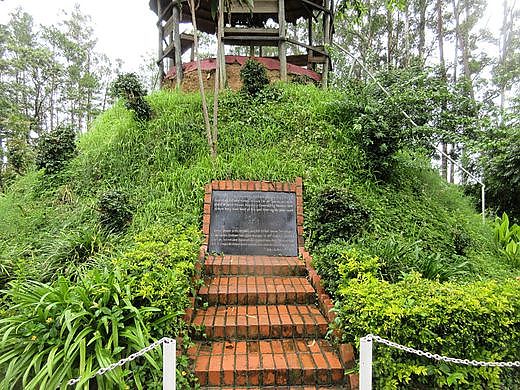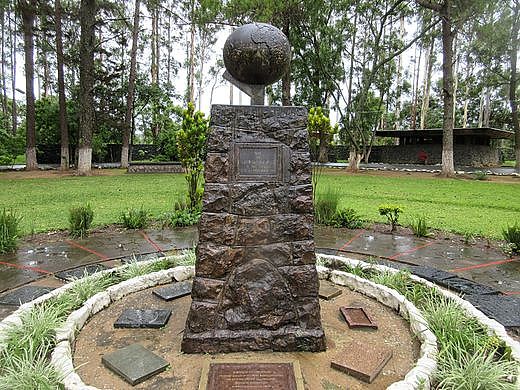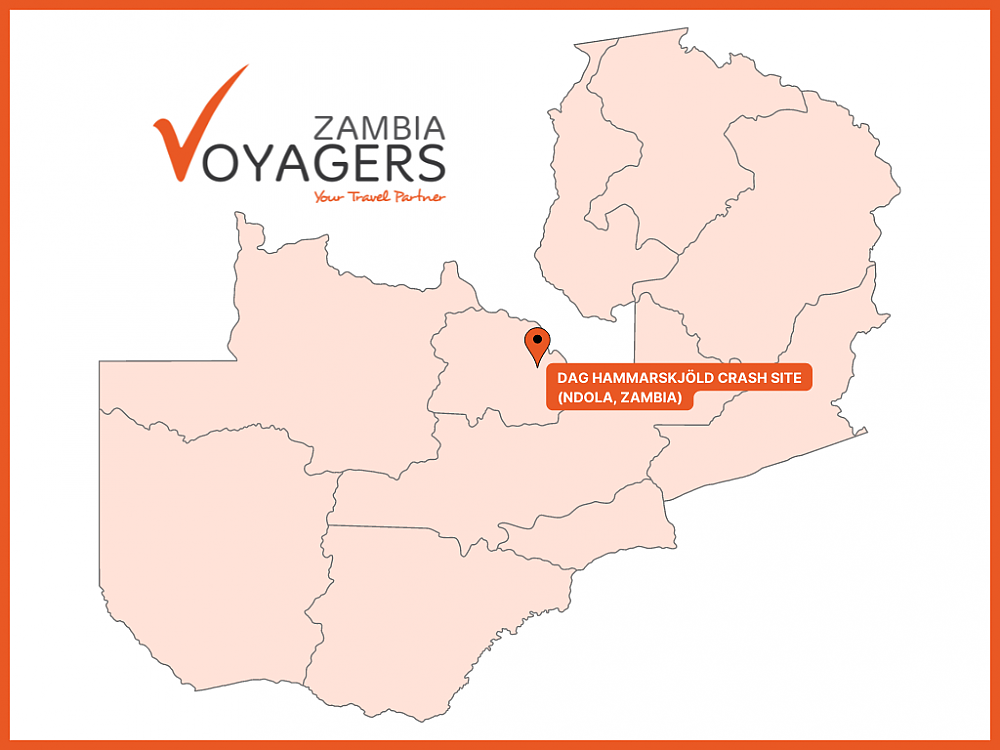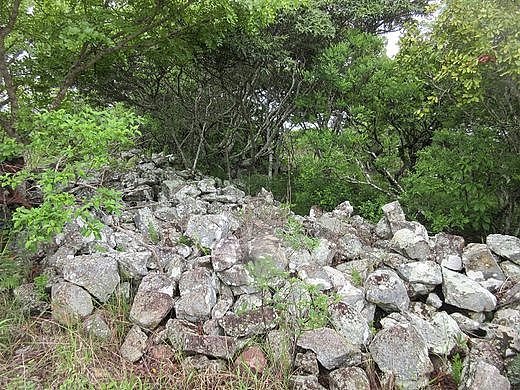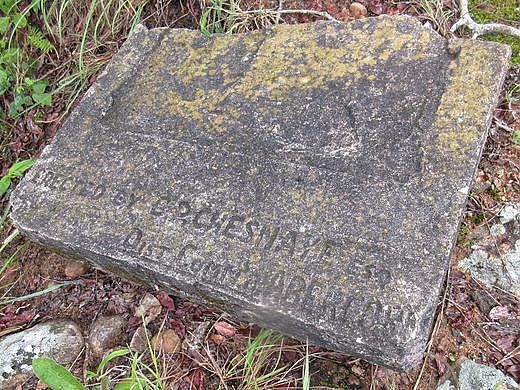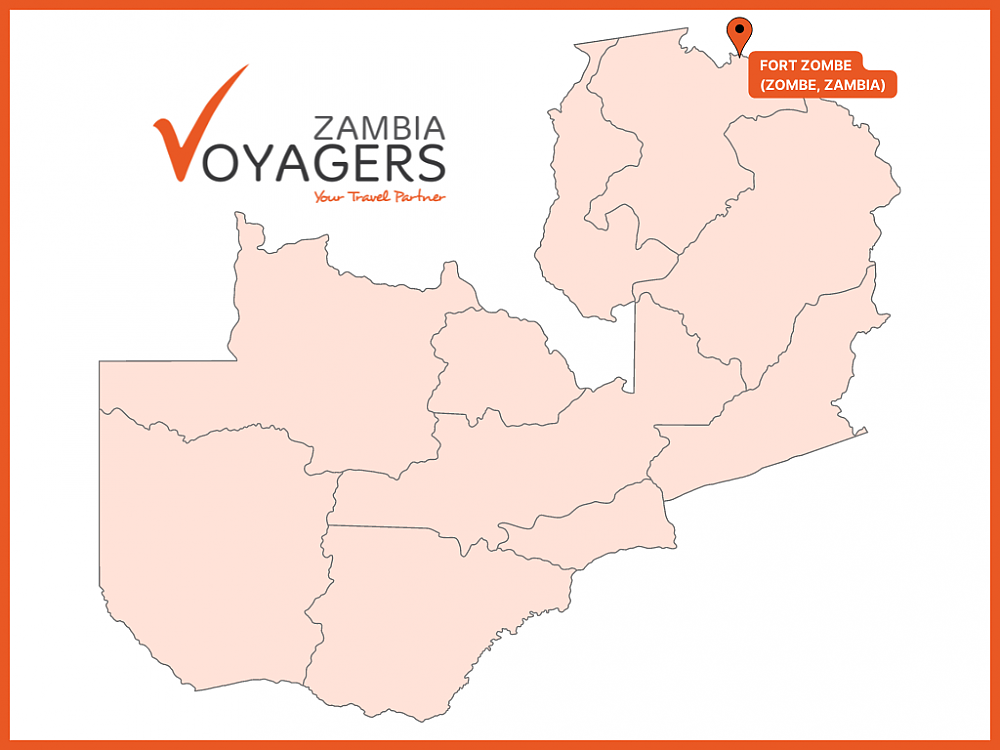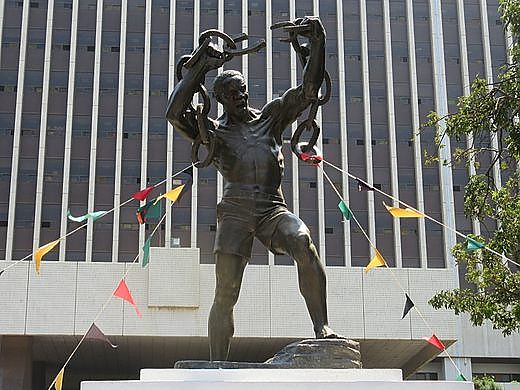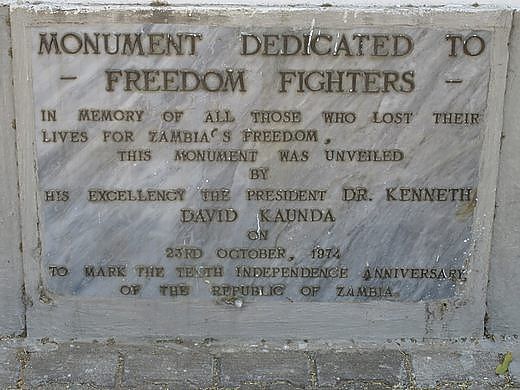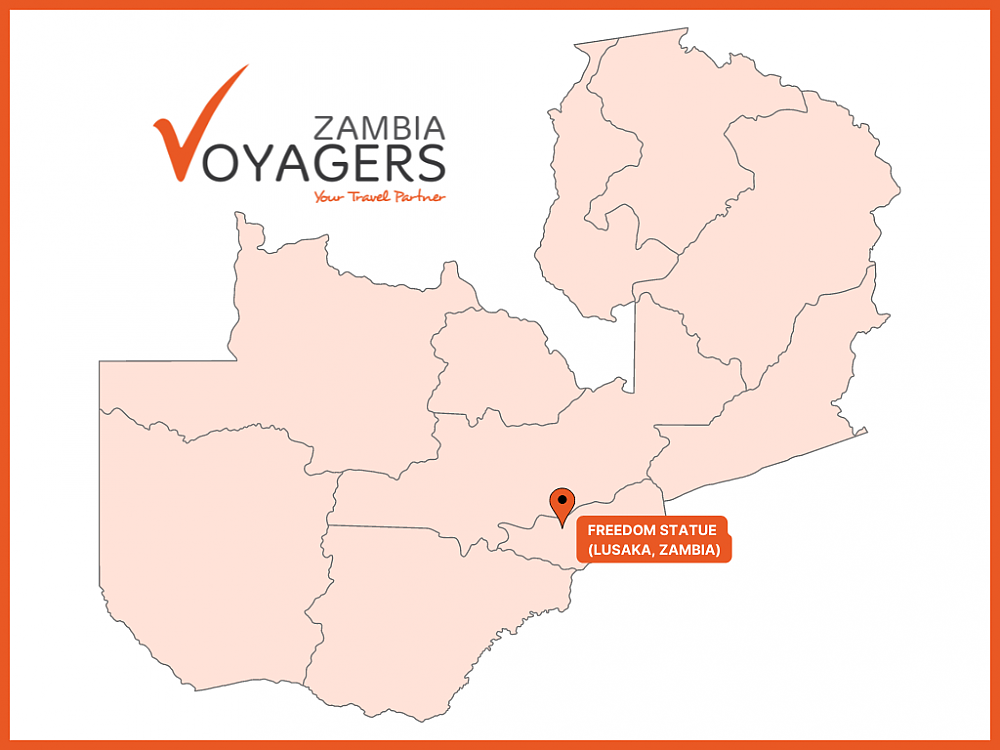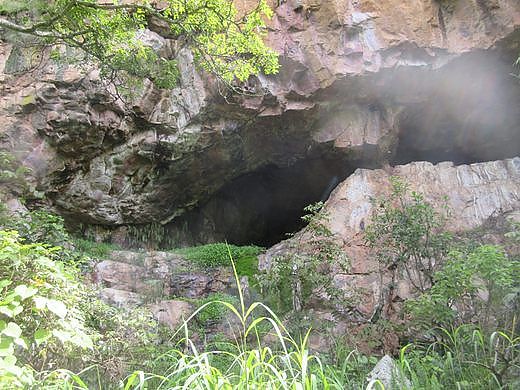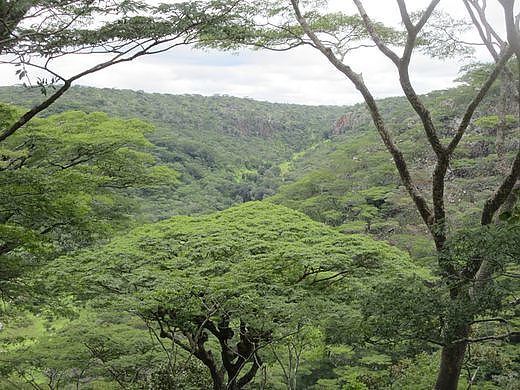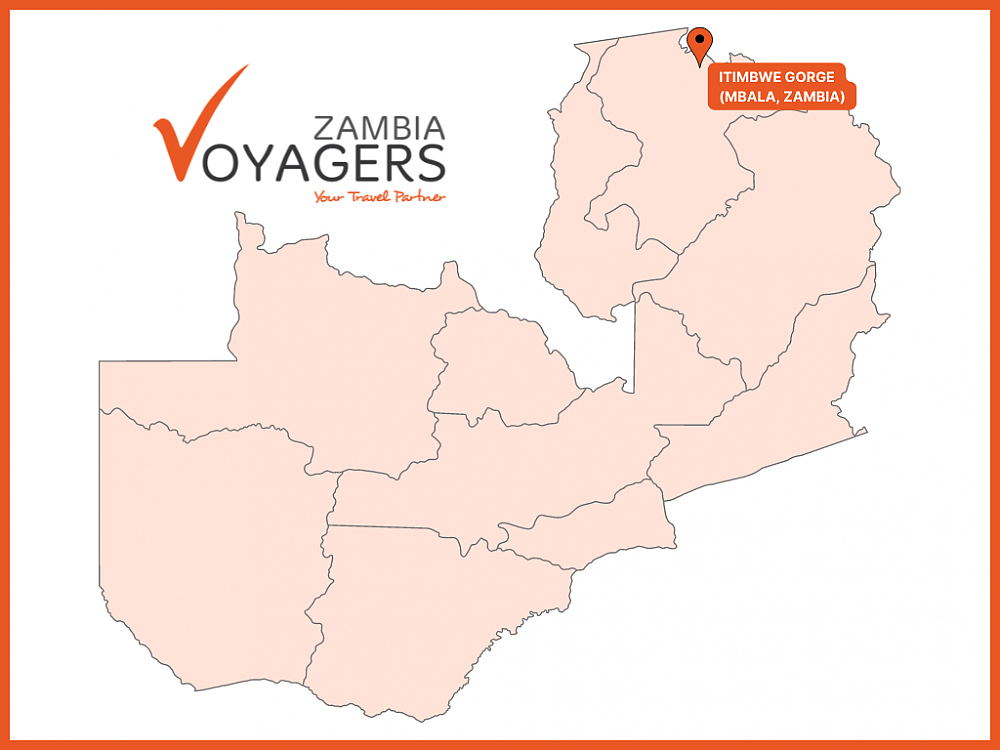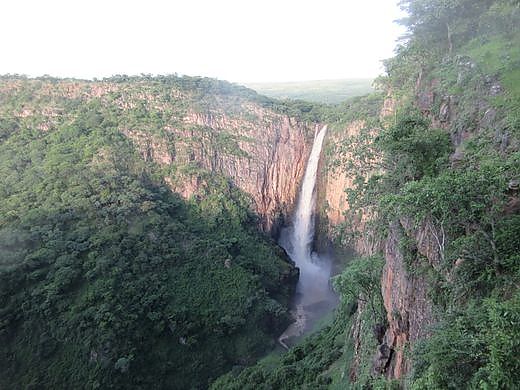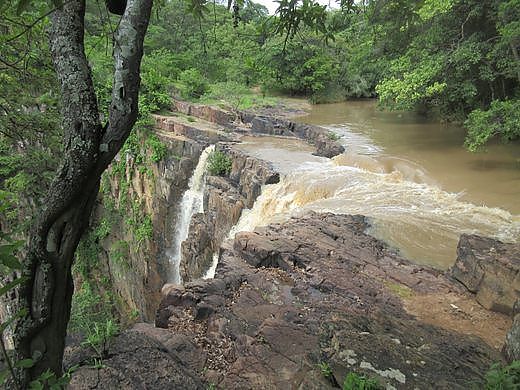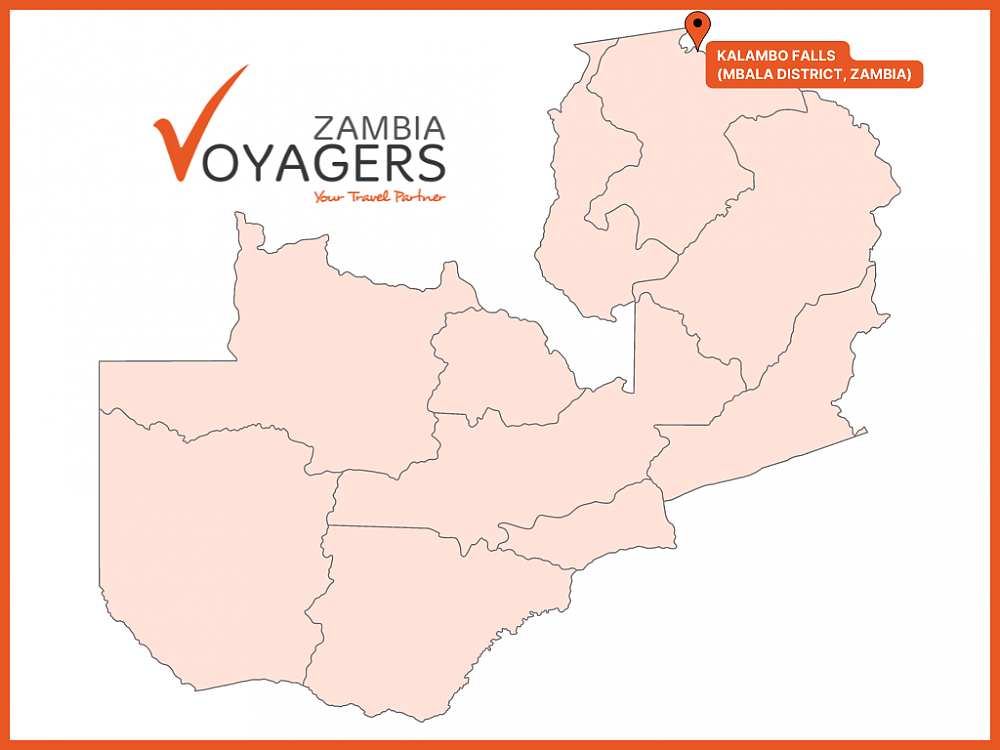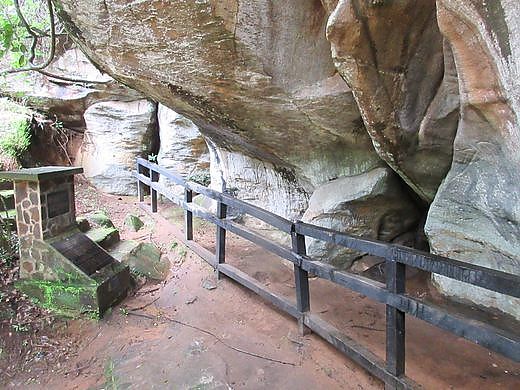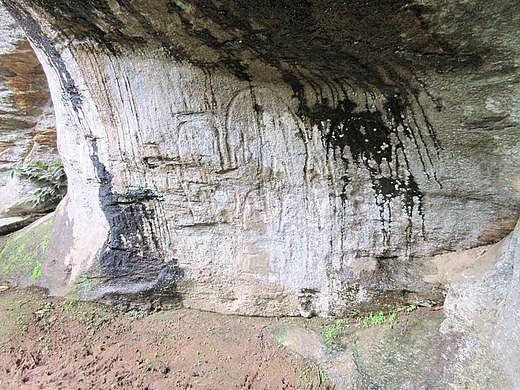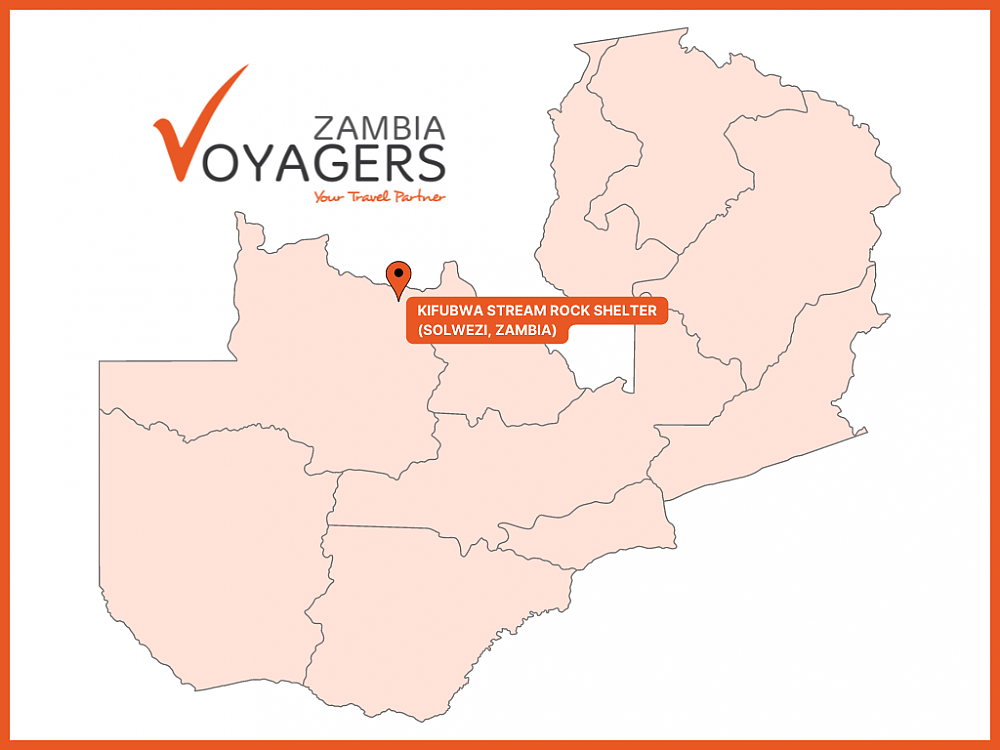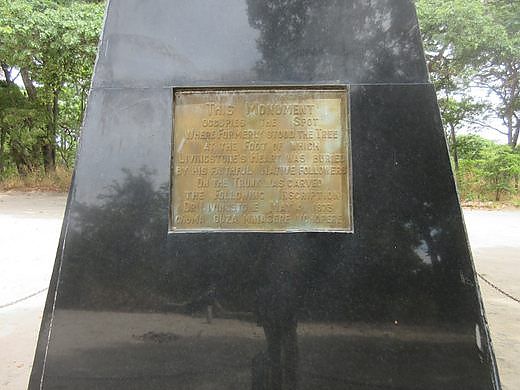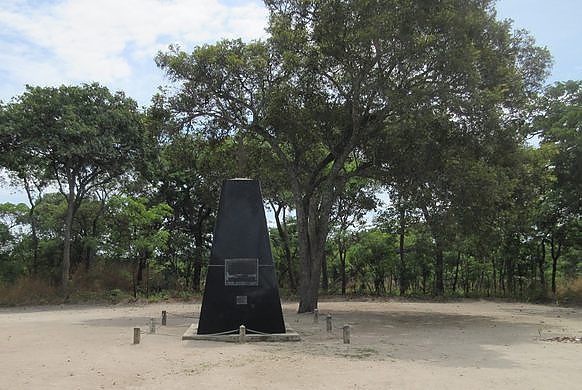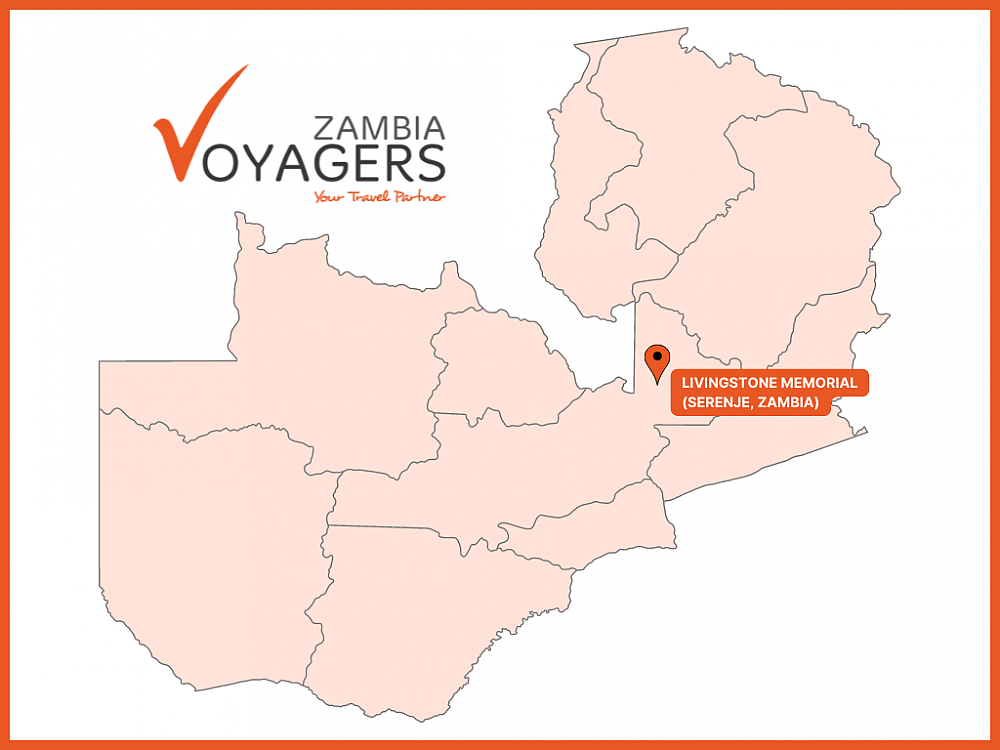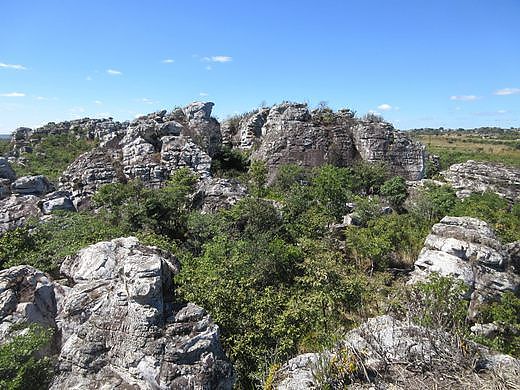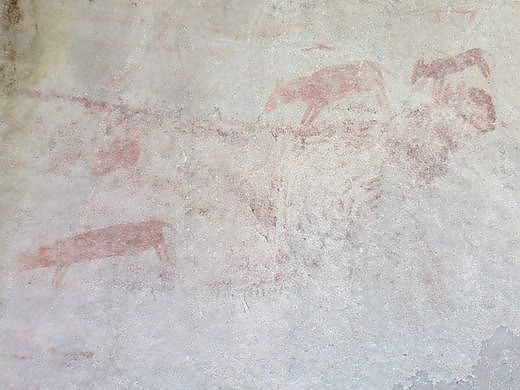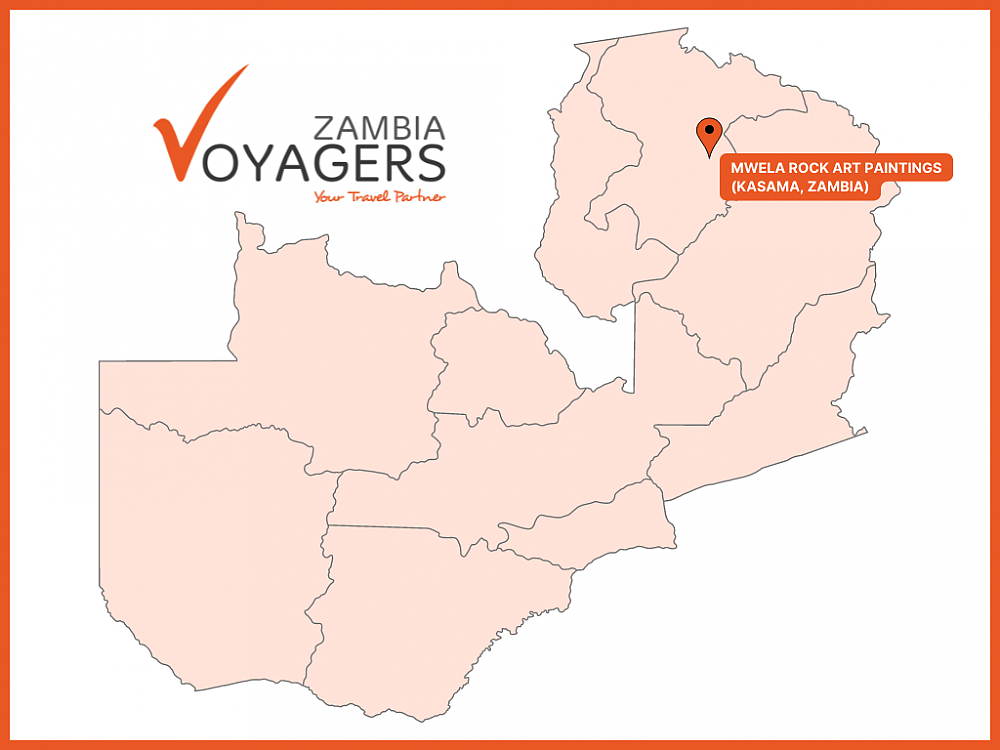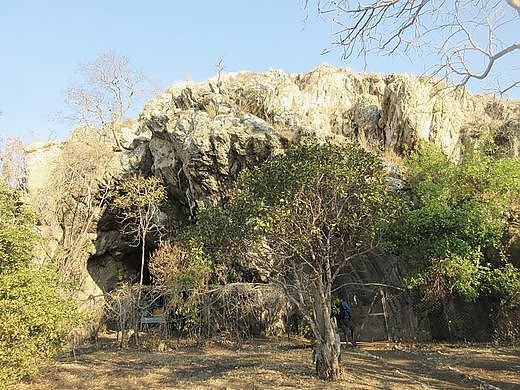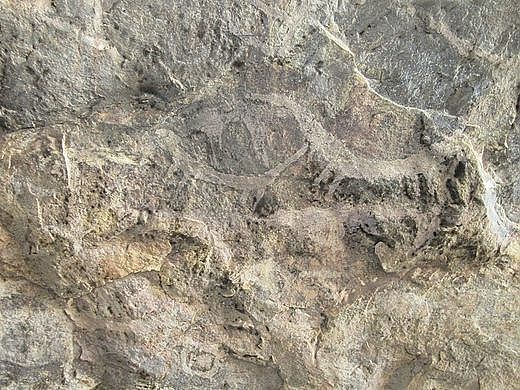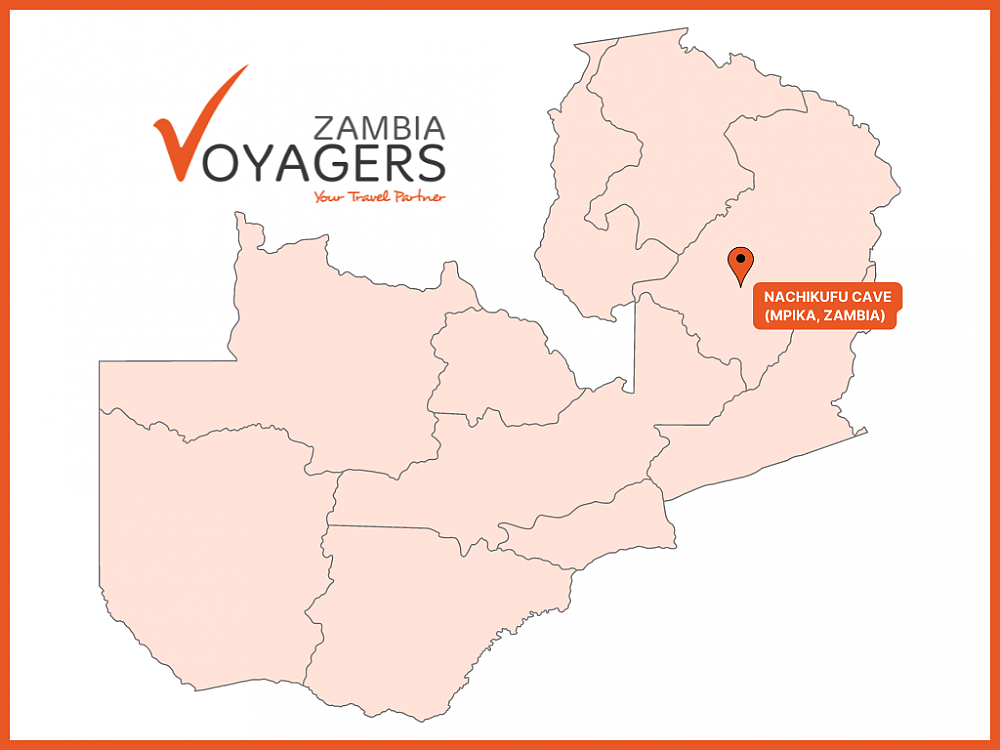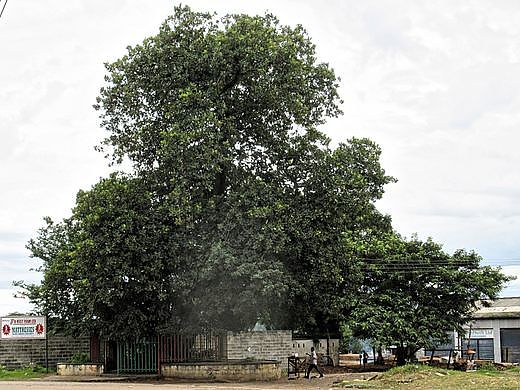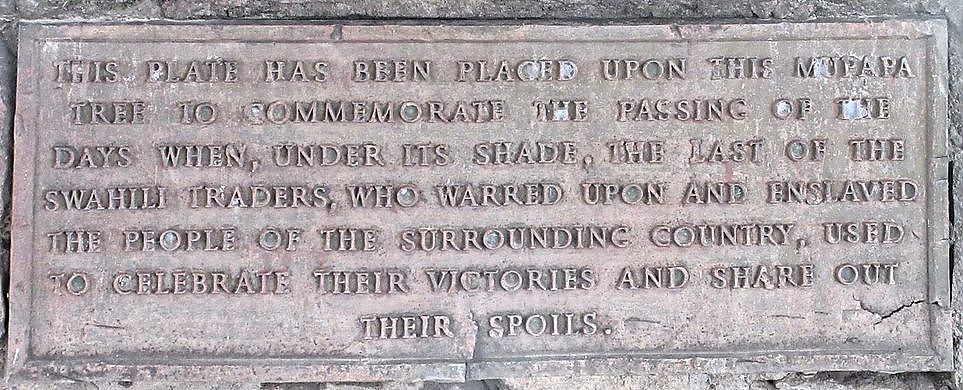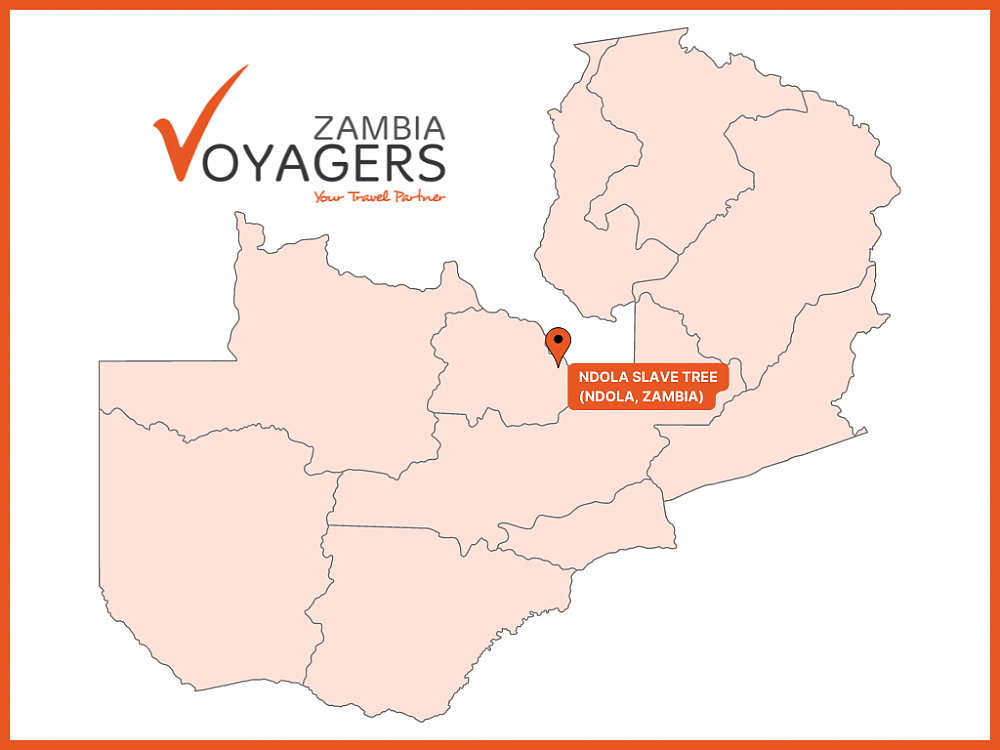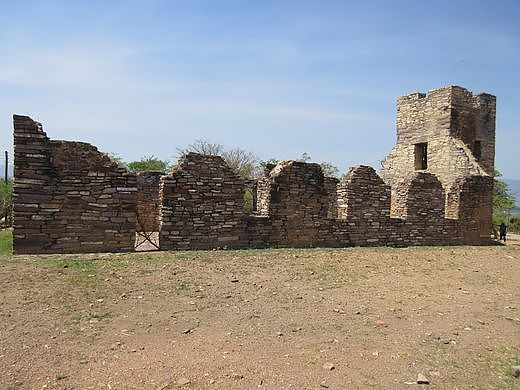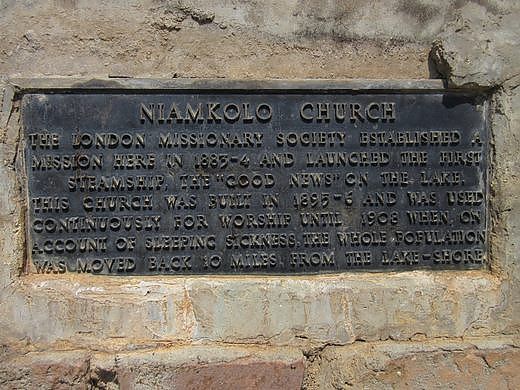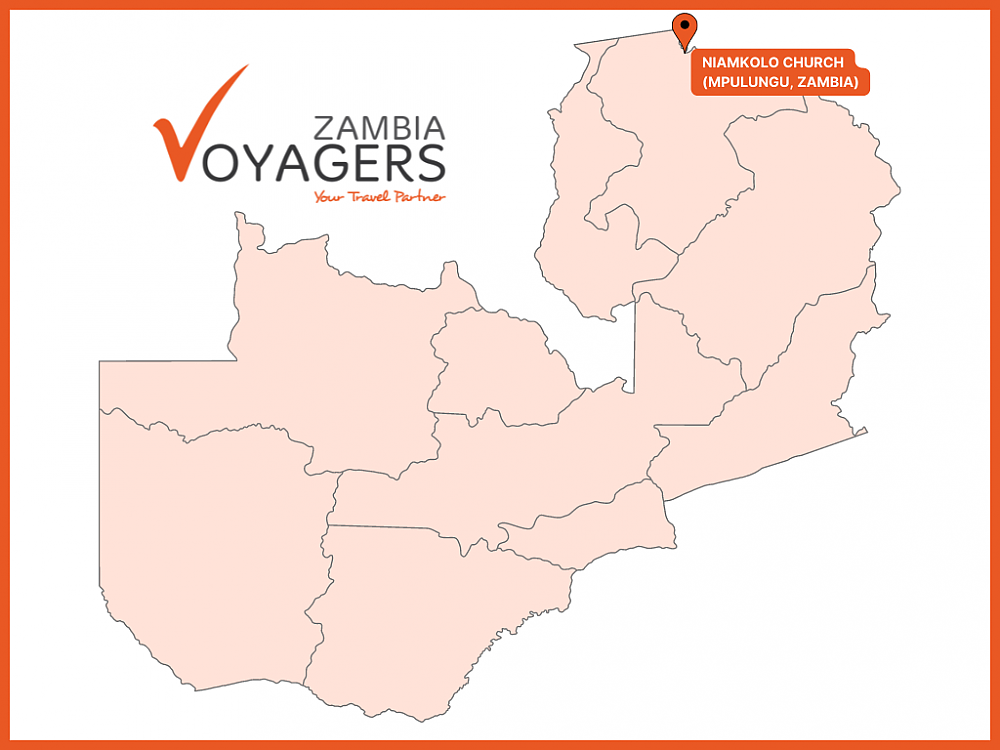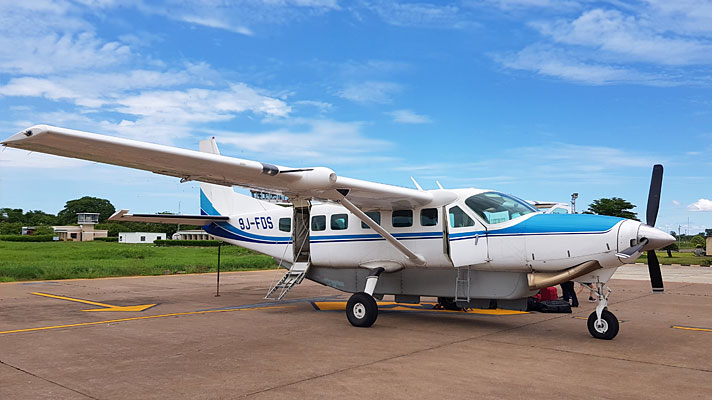Of course we’ve all heard of the major
tourist attractions in Zambia such as Victoria Falls, Kafue National Park,
South Luangwa National Park and Lower Zambezi National Park, but Zambia has so
much more to offer! The hidden gems below should be on every local Zambian’s
bucket list to truly say they’ve explored their country and all the beauty and
history it has to offer.
Broken Hill Man Monument (Kabwe, Zambia)
On 17th June 1921, a man named Tom Zwigelaar was mining at Broken Hill mine in modern-day Kabwe and came across an ancient skull. Arthur Smith Woodward, an English palaeontologist, reported the skull to be a new species of humankind that he named Homo rhodesiensis. In modern times, the skull is said to have been dated between 125,000 and 300,000 years old. The skull is now at the Natural History Museum in London, however there have been efforts to get it repatriated back to Zambia, at no prevail. There now stands a monument in Kabwe to commemorate the discovery of the skull and the plaque is written in English and in Bemba.
Chambeshi Monument (Kasama, Zambia)
World War I was supposed to end at 11 o’clock on 11th November 1918, but the German forces did not receive the news until 3 days later and therefore the Chambeshi Monument commemorates the war finally ending on 14th November. The monument has a German cannon and two plaques: one in English to commemorate the event and one in Bemba to honour the soldiers that fought in the war.
Chirundu Fossil Forest (Siavonga, Zambia)
At the Chrundu Fossil Forest you will find the remains of trees that are over 150 million years old. When these trees died they were eventually buried and turned to stone. Today, you can go and visit the site and see the trees in the same position as when they fell during the Jurassic Period with the bark and tree rings still visible on the fossils.
Chishimba Falls (Kasama, Zambia)
These spectacular waterfalls are made up of three waterfalls along the Luombe River. The local Bemba people believe in the legend of a spirit called Chishimba that lives behind the falls. This spirit does not believe in bad behaviour such as fighting, aggression and insults and therefore does not allow for these to take place in the vicinity.
Dag Hammarskjöld Crash Site (Ndola, Zambia)
Dag Hammarskjöld was the Secretary-General of the United Nations and was on a mission to settle the unrest in the Democratic Republic of Congo and bring peace to the country. On 17th September 1961, Dag Hammarskjöld along with 18 other members of the UN were on their way flying to Ndola to meet with the prime minister of Katanga Province. The plane crashed just outside Ndola and Dag Hammarskjöld’s body was found sitting upright near an anthill away from the wreckage, whilst all the other members’ bodies were found at the wreckage. Today there are two monuments commemorating this event and the work Dag Hammarskjöld was doing; one monument is where Dag Hammarskjöld’s body was found and the other is where the plane crashed.
Fort Zombe (Zombe, Zambia)
This fortification dates back to World War I and is on the border of Zambia (formerly known as Northern Rhodesia) and Tanzania (formerly known as German East Africa). There are only ruins at the site today but it is said to have initially been built 4 metres tall. Fort Zombe was said to have been built between 1917 and 1918 by the British troops in order for them to seek protection and keep watch for any German advances. The gravesite that still stands near Fort Zombe is reported to have been for the last soldier that was killed in Zambia in World War I.
Freedom Statue (Lusaka, Zambia)
The statue of a man breaking the chains is located just outside the government building in Lusaka and commemorates the struggle that the freedom fighters went through for Zambia to gain its independence in 1964. The statue was erected in 1974 to celebrate the 10 year anniversary of independence. The man depicted by the statue is Zanco Mpundu Mutembo who was arrested for protesting and sent to Livingstone Prison. 18 armed guards faced him and told him to break free from the chains or he would be shot and he broke free.
Itimbwe Gorge (Mbala, Zambia)
The walls of this gorge have a series of caves which contain artefacts that date back to the Stone Age. These artefacts include pots and tools that were discovered in the 1950s. There has been no archaeological work done at Itibwe Gorge since the 1950s due to a lack of funds and interest. Although this gorge is relatively small, it is a beautiful site to see with the valley cutting through the escarpment to the east of Mbala town.
Kalambo Falls (Mbala District, Zambia)
The Kalambo Falls are along the Kalambo River which is on the border between Zambia and Tanzania. There is evidence to show that Kalambo Falls have had human inhabitants for over 250,000 years, making it one of the longest continuous inhabited areas in the world. These falls are 221 metres high, making them the second-highest waterfalls in Africa (with the highest being Tugela Falls in South Africa which has a height of 983 metres).
Kifubwa Stream Rock Shelter (Solwezi, Zambia)
Located along the Kifubwa Stream, there are rock shelters that are etched with markings dating back to the Late Stone Age era, approximately 6,000 to 6,500 years ago. The markings would have been made with harder rocks as tools and rubbing and chipping away at the rock to create the geometric line markings that are still visible today. These rock markings were also combined with rock paintings, which is unusual for Zambia.
Livingstone Memorial (Serenje, Zambia)
Dr. David Livingstone died in 1873 at the age of 60. His heart was buried and a mvula tree was carved to mark this moment before his attendants transported his body back to England. The tree was eventually cut down in 1899 and the carving was taken to England but in order to honour the place where his heart was buried, a memorial was constructed which still stands today and has the plaque to explain the story.
Mwela Rock Art Paintings (Kasama, Zambia)
These rock paintings have been dated back to the Stone Age times and is one of the biggest collections of rock art paintings from this time in Southern Africa. The rock paintings here fall into two categories: geometric paintings and realistic paintings. Not far from the rock paintings, archaeologists have found Stone Age tools including blades, dimpled anvils and axes.
Nachikufu Cave (Mpika, Zambia)
This cave should definitely be on the bucket list for any archaeology enthusiast. It is covered in rock paintings and has a display of Stone Age tools that have been found there. It is said to have been inhabited by humans about 15,000 to 25,000 years ago. In the pre-colonial era, Nachikufu Cave was used by the Lala and Bisa people to hide from the Bemba and Ngoni raids.
Ndola Slave Tree (Ndola, Zambia)
This tree in the centre of Ndola town was where the Swahili slave traders met to discuss their horrific dealings. They held councils of war under the shade of this tree and sold enslaved people to Angola. The tree still stands today surrounded by a fence to commemorate the lives that were lost due to the slave trade.
Niamkolo Church (Mpulungu, Zambia)
This church is no longer in use but its history has had a huge impact on Zambia. In the 1880s when the British missionaries from The London Missionary Society, including Dr. David Livingstone, first came to what is now Zambia they established a mission on the edge of Lake Tanganyika. This mission eventually turned into a stone building which is known as Niamkolo Church and first brought Christianity into Zambia. The walls still stand today of the original building, however the roof no longer exists.
If you’d like to find out more information or you’d like for us to book a tour to complete this local Zambian bucket list, please don’t hesitate to contact us on DMC@voyagerszambia.com


